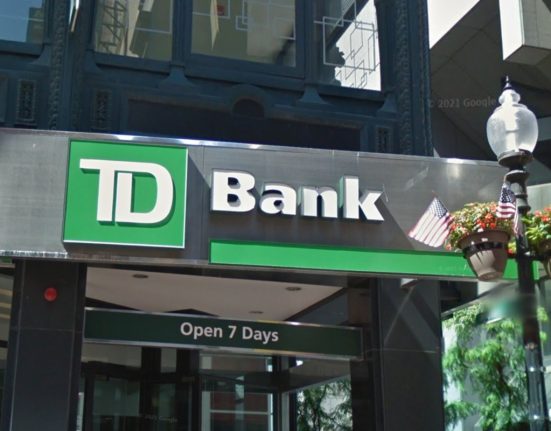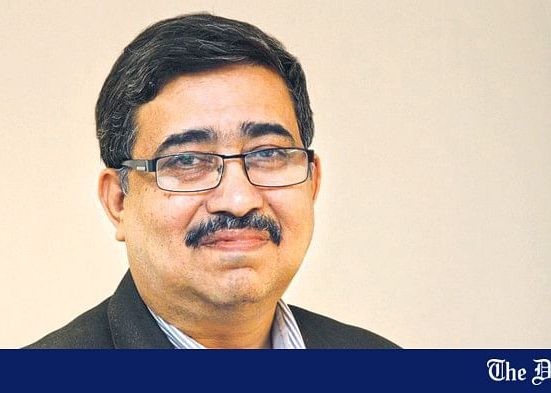In the hot, humid wetlands of the Deep South you’ll find the highest concentration of alligator farms in the US. Some are home to more than 100,000 of the writhing, snapping reptiles, which can grow over 12ft in length and weigh half a ton. Most will end up as luxury bags and watch straps.
Not everyone would consider investing in alligator farms, but for a time, Chris Heller was toying with the idea of putting $10mn into one in Georgia. As the co-founder of Cordillera Investment Partners, his mandate is to find what are classed as “non-correlated” investments to help protect his clients’ portfolios.
In the end, raising alligators was too exotic for Heller. But anything which can earn a healthy investment return without tracking the world’s public equity and bond markets makes some sense for portfolios which need diversification. And there is plenty of demand among Heller’s clients.
Having a spread of holdings that depend on different macroeconomic factors is a strategy at least as old as Wall Street. But it’s all the more pertinent today, as so many investments get pulled into the tractor beam of huge benchmark indices, such as the US’s S&P 500. Equities, industrial commodities, gold and cryptocurrencies, are all rising at the same time. Gold, for example, rarely tracks typical equity benchmarks, but the yellow metal has recently recorded its highest monthly positive correlation with the S&P 500 since 1994.
Most wealth managers are unlikely to go anywhere near the kind of exotic investments that Heller specialises in because they’re often highly illiquid and getting accurate, long-term valuations for illiquid assets can present a challenge.
But for those unfettered by such risks, offbeat ideas can make financial sense during bear market periods, providing a hedge when equity and bond prices tumble. During 2022, for example, typically diversified portfolios holding 60 per cent equity and 40 per cent bonds lost 17 per cent, the worst decline for this strategy in 23 years.
All this comes as professional advisers to the wealthiest families note a sea change in the attitude towards risk from their clients. Risk-free cash interest rates are high now — as much as 5 per cent in US dollars — so these clients can afford to be patient. Non-correlated assets come up in conversations regularly, apparently, but less so the truly alternative investments that Heller focuses on.
“I always ask clients why they want these [non-correlated assets],” says Karim Cherif, head of alternatives at wealth manager UBS. “Do they want true diversification or just risk mitigation?” Asking for such non-correlated investment ideas raises other questions: what correlation does the client fear and over what timeframe? After all, no investment can avoid the macroeconomic impact of a global meltdown, as occurred in the financial crisis of 2007-08, he cautions.
Cherif considers different buckets for these diversifying, alternative assets. First, the ultimate low correlation bet is cash. But regardless of what that does for the portfolio’s performance, clients would prefer not to pay for cash management.
Next, there are those unusual holdings which are usually shielded from market price movements, including collectibles such as classic cars or rare musical instruments. But as UBS can only give limited if any advice on these emotional investments, he guides clients towards the next bucket, specialist hedge funds which aim to tease out arbitrage profits, and specialist fixed income credit funds.
These could require minimum investments of $100,000 or even over $1mn, and may have lock-up periods forcing the investor to stay in the fund a year or more. These must deliver investment returns above simple cash yields and any fund charges.
Cherif’s team do offer some “idiosyncratic” ideas for investment. These may involve early-stage equity investments in life sciences or other technology areas. This bucket includes infrastructure investment in regulated industries, seeking out steady inflation-adjusted returns.
Swiss wealth manager Pictet also recommends certain hedge funds. As interest rates and bond yields have climbed, the opportunities have shifted towards fixed income. In particular, they have placed as much as 35 per cent of their client portfolios into corporate credit.
They too leave emotional assets to their clients’ discretion, as well as cryptocurrencies. Some will have bought into these a few years back. But, says Alex Tavazzi, head of macro research at Pictet, “volatility has scared those clients who went ahead on their own.” His advice is to adjust one’s position size inversely relative to price volatility.
One type of investor interested in truly alternative, non-correlated strategies is family offices, which manage the money of one or more wealthy families.
“The opportunities that we find attractive are typically niche and on a smaller scale. This limits the competition from the institutions that are investing larger pools of capital,” says Erik Cohen at Outrunner Capital, a new multi-family office based in Texas.
A 25-year veteran of the industry, Cohen understands why larger institutions may shy away from the exotic end of alternative investments. Exotic ideas can translate into “career risk” for relationship managers should anything go wrong.
Still he believes the diversification benefits to a broader portfolio are definitely worth having. He and his clients have considered a number of different investments over the years, from financing international arbitration cases to investing in US rail cars.
Some ideas have lost their niche status in recent years, as increasing amounts of competing capital diminished investment returns. For example, music royalties gained acceptance during the years of ultra-low interest rates.
But when interest rates rose it hurt the net asset values of some of these portfolios, such as the London-listed Hipgnosis Song Fund. Despite a sharp rebound in this closed-end fund since March, its share price has dipped only slightly in the past five years.

Another popular non-correlated investment, litigation funding, has attracted much more attention and capital in recent years. Litigation finance companies, such as the London and New York-listed Burford Capital (market value: £2.4bn), have become sizeable businesses. Its shares have more than tripled since the March lows of the pandemic.
Instead, Heller prefers to invest in consumables whose value swells with ageing. Whisky is one and Cordillera buys up the newly made, clear spirit and ages it in casks. This is not only an expense for smaller distilleries but ties up working capital: Scotch whisky requires a minimum of three years ageing, and the longer the better.
In the US, bourbon’s bottled-in-bond designation, preferred by craft makers for provenance reasons, requires four years ageing in US bonded warehouses. Later, Cordillera sells the aged whisky back to the distilleries.
In effect, Cordillera helps finance the production of craft whisky in both Scotland and the US during a period of high interest rates. But while the grain is in, the grape is out: he’s not interested in ageing fine wines, he says, as this market has plenty of capital and rivals.
“We prefer not to use collectibles because [their values] tend to ebb and flow with local GDP trends and discretionary income,” Heller says. Whisky, and other areas such as cheese and even soy sauce, have more fragmented markets with less competition.

Another offbeat investment idea? Boat marinas. In the US these are often small, family-run businesses. Although most of us will picture super yachts moored near the sea, in fact the opportunity may lie inland with smaller power boats and sailing craft.
Water frontage can be scarce on lakes and rivers, partly due to local restrictions, creating scarcity of supply of “slips” (parking spaces). Heller points to above-inflation increases in slip rentals, plus extra services that the marinas provide for a fee.
Cordillera has bought about 50 of these marinas around the US. Over the years, they have proved steady winners: the median transaction price nearly doubled to $3.2mn between 2008 and 2023, according to the Leisure Investment Properties Group. Collecting a portfolio of these marinas enables the creation of tax-efficient real estate investment trusts (Reits), points out Cohen, who is also a fan.
While sustainable investment has taken a knock in the past couple of years — poor investment returns combined with a change in legislation in certain US states, such as Texas, forced state pension funds to rethink their ESG strategies, for example — plenty of the world’s wealthy remain keen on green investing. Even better, some of these ideas can provide diversification to portfolios.
Frédéric de Mevius has managed money for wealthy clients for decades. His Luxembourg based multi-family office, Planet First, has its own niche, focusing on sustainable technologies to abate carbon dioxide emissions from industrial processes. The clients for his half billion euro private equity fund belong to some of the wealthiest families in Europe and Asia.
Planet First’s longer-than-typical private equity investment holding periods, up to seven years, should help produce reduced volatility. “Sustainable assets have long-term potential for outperformance, while being less correlated with markets,” believes de Mevius. “These investments will [eventually] become mainstream in the next 10-15 years,” he says.
One currently popular choice is for data centres. Though hardly a new investment area per se, Planet First has sought a means sustainably to cool the powerful computers that process data for everything from ecommerce sites to AI calculations. Planet First has invested in Barcelona-based Submer, for example, which submerges servers in liquid coolants, rather than just using water or cooled air.
Another Planet First investment uses a crystalline additive from a group called Nanogence, which reduces the amount of cement required to make concrete by at least a fifth. Cement requires significant amounts of heat to produce and is responsible for 8 per cent of the world’s CO₂ emissions, according to Carbon Brief. Thus less cement in concrete makes a difference.
Controlling risk through diversification need not be the stuff of quantitative analysis. At some point, one has to take a risk in order to find a means of reducing it in one’s portfolio. These unconventional investments may well help in this regard, though long-term pricing data to test their robustness may be lacking.
Unusual investment ideas with big growth potential are not a new concept, of course. Finding non-correlated investments which offer both a return on one’s capital, as well as a reasonable assurance of the return of one’s capital, does matter.
Heller may have decided to pass on investing in alligator farming, but the search for head-turning investment ideas goes on.






